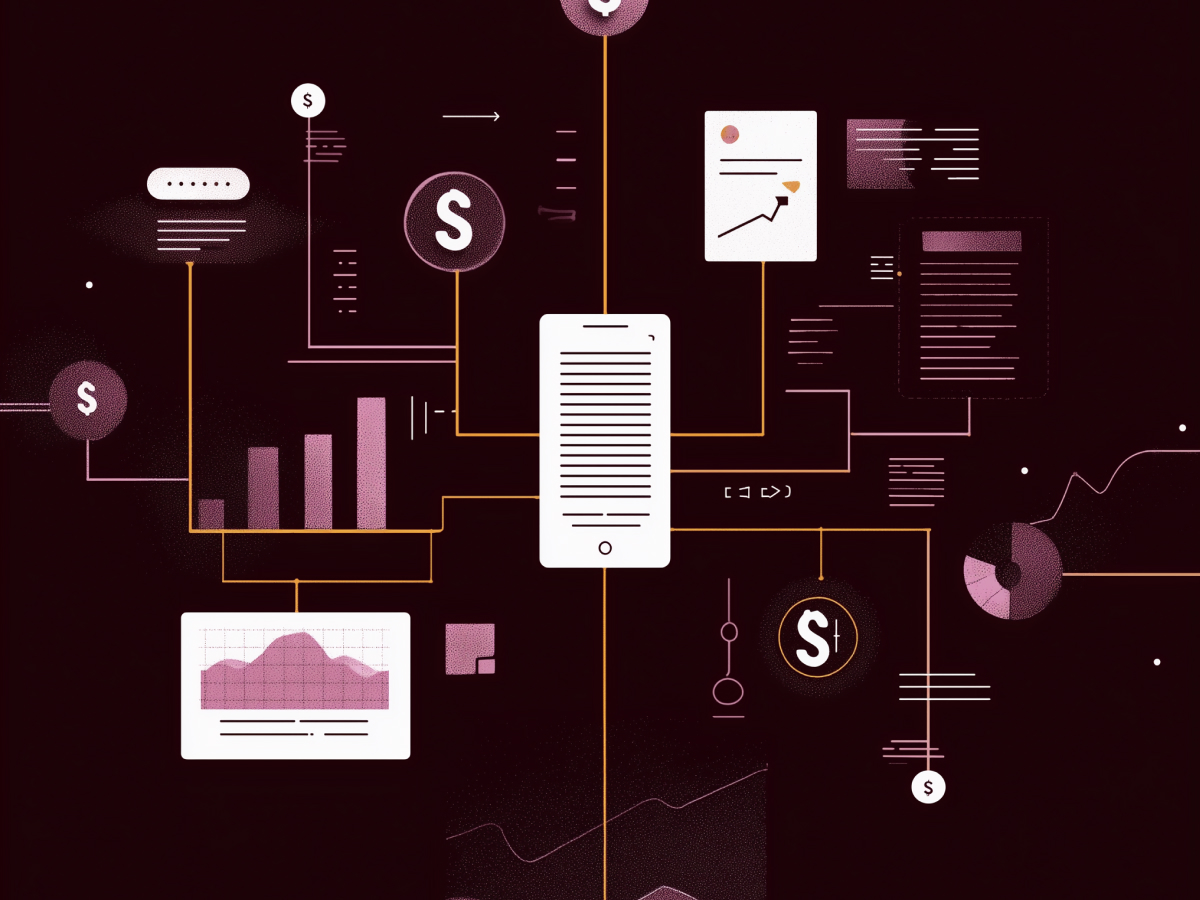Quantum computing is transitioning from research to commercial readiness
There’s a real shift happening in quantum computing. What used to be limited to academic labs is moving toward actual business use. Companies are no longer just testing concepts, they’re building systems that look, feel, and perform like commercial hardware. IBM is rolling out a machine called Flamingo, a modular device created by linking upgraded chips, as part of a program to scale gate counts dramatically by 2028. This is hardware, real progress, and planned delivery.
What we’re seeing now is more than technical advancement, it’s business alignment. The pieces are coming together: better error handling, new architectures, and functional integration models. The bots aren’t fully trained yet. But the roadmap is clear, and many of the technical bottlenecks are being solved at pace. Companies are shaping their operations around what it will enable in the next five years.
For C-suite leaders, it’s moving into productivity. If your organization deals with optimization, logistics, material simulation, or secure communications, quantum’s commercial edge will soon become a competitive expectation. Waiting for a perfect product is a weak move when the technology is leaving the lab and entering platforms you can plug into.
Will Ashford-Brown, Director of Strategic Insights at Heligan Group, made it clear: “Every day we inch closer to realising commercial quantum usage for real applications.” The tools aren’t perfect, but they’re functional enough for early use. Tech giants like Microsoft, Amazon, Google, and IBM are either building their own machines or integrating with startups to deliver quantum cloud services.
Modular quantum hardware and stable qubits are accelerating technical performance and commercial viability
The hardware challenge is being tackled from two ends: scale and stability. IBM is working on modularity. Microsoft is focusing on error-resilient qubits. This dual-track approach is moving quantum computing from fragile prototypes to systems that can actually execute. IBM’s “Flamingo” starts by connecting two Heron chips using L-couplers, which bridge them with connectors nearly a meter in length. Their target is clear: go from 5,000 to 15,000 usable gates by 2028. That level of scale opens up serious opportunities for real enterprise application. These systems are designed to scale and repeat.
Meanwhile, Microsoft’s engineering is more foundational. Their researchers published work on topological qubits, using Majorana fermions. In simple terms, these qubits are structured to be inherently more stable and need far less correction. That’s vital. Because every time quantum systems self-correct, it reduces efficiency and adds overhead. Fewer corrections mean faster and cleaner calculations. Microsoft is also building a tool called Majorana 1, used to detect and work with these qubits, bringing the research cycle full circle into usable tech.
For executives, the message is simple: hardware limitations, while still present, are being engineered out. The modular approach being pushed by IBM means more flexibility; you don’t need an entirely new chip to improve performance, just plug and build. Microsoft’s work focuses on architecture that creates stability at the base layer, which leads to fewer interruptions and simpler quantum software development.
This isn’t speculative research. It’s planned engineering milestones, each with a commercial backbone. By 2028, you’ll see quantum devices not just in research labs but in data centers and cloud offerings aimed at high-impact sectors like finance, logistics, pharma, and national infrastructure.
Hybrid quantum applications are entering industrial use, demonstrating immediate real-world impact
Quantum computing is no longer limited to academic labs or long-term R&D timelines. We’re seeing applied work hit production environments now, especially through hybrid systems. These are setups where quantum algorithms run alongside classical computing systems to optimize performance for specific tasks. It’s a practical model. One that works with today’s hardware limitations. A solid example of this is what D-Wave accomplished with Ford Otosan.
Ford Otosan, the joint venture between Ford Motor Company and Koç Holding, has implemented a hybrid quantum application based on D-Wave’s technology. They’re using it to optimize the production line for Ford Transit manufacturing. This is deployed and operating in a high-volume industrial setting. That’s a proof point. Smart businesses aren’t waiting for perfect quantum systems; they’re integrating what works now to extract immediate value.
Hybrid models make sense because they deliver real-time performance gains where traditional systems fall short, especially in complex decision-making, scheduling, or optimization problems. Quantum technology supplements classical tools. It’s infrastructure you build on top of, not instead of.
From a business leadership point of view, here’s what matters: if you operate in sectors where speed, precision, and system optimization can drive margins or resilience, these hybrid applications are commercially ready. Don’t wait for theoretical perfection. Start testing what’s available. You’ll be a step ahead in workforce readiness, supply chain innovation, and long-term tech integration.
Government initiatives and national strategies underscore the commitment to commercially viable quantum computing
Governments are no longer passive observers, they’ve become strategic backers of quantum computing’s commercialization. The U.S. government, in particular, has formalized its goals through the Quantum Benchmarking Initiative (QBI), run by the Department of Defense. This eight-year plan is focused on one result: building an industrially useful quantum computer by 2033. The public-sector narrative is shifting from research funding to market-focused performance. That’s critical.
Ten companies have already been selected to participate in the first phase. Names like Alice & Bob, Quantinuum, and Rigetti stand out, but it’s the structure of the program that matters. The QBI isn’t exploratory, it’s outcome-driven. Benchmarks will define progress, not theory. The message is clear: quantum capability is becoming key economic infrastructure.
From an executive standpoint, the real value here is strategic clarity. Government programs like QBI reduce long-term investment risk by confirming national alignment with industrial goals. That means more stable policy frameworks, funding pipelines, and collaborative energy between startups and tech giants. And it signals that quantum won’t just benefit top-tier research facilities; it’ll be embedded across defense, logistics, energy, and financial systems.
This kind of institutional backing gives companies clearer paths for scaling quantum pilots, securing contracts, and accessing early-stage talent and platforms. It’s not just about building a better quantum computer, it’s about designing conditions where quantum applications can succeed in real markets. If you’re waiting to see whether governments will accelerate or stall quantum momentum, this removes the guesswork. They’re all-in.
Misconceptions about quantum computing hinder its broader adoption despite technological progress
Despite all the engineering momentum, commercial progress in quantum still faces a soft barrier, misunderstanding. There’s a gap between what the technology can do and what many business leaders think it can do. Research teams are delivering viable platforms. But when executives are unclear about the use cases, or don’t see ROI clearly, adoption slows down, no matter how good the tech is.
A recent survey from Economist Impact highlights this issue. It found that 57% of respondents believe misconceptions are actively blocking quantum advancements. More importantly, 80% of those surveyed said that proving industry-specific use cases is essential for moving the market forward, and two-thirds noted that return on investment has to be evident before decision-makers will commit.
Helen Ponsford, Head of Trade, Technology and Industry Events Programming at Economist Impact, put it directly: “Demonstrating industry-specific use cases is essential to accelerating adoption,” and added that proving ROI is now non-negotiable. The message here: tech breakthroughs alone aren’t enough. Practical examples and financial outcomes drive executive comfort and budget decisions.
From a business perspective, the takeaway is clear. If your leadership team doesn’t understand where quantum can make you faster, leaner, or more capable, you will miss the curve. The companies that win early in this space won’t necessarily have better tech teams, but they’ll have better clarity at the executive level. That means focusing your internal discussion not on physics, but on outcomes. Precision logistics, financial risk modeling, drug discovery, these aren’t theoretical; they’re priority targets for quantum systems already in progress.
Addressing quantum security is pivotal ahead of mass adoption of quantum computing.
Quantum computing introduces a new class of risks to digital security. The ability of future quantum machines to decrypt existing encryption protocols is a growing concern across the tech and defense sectors. And it’s not something to push aside. If sensitive data is intercepted and stored today, it could be decrypted in the future if that data isn’t quantum-safe. That changes how companies need to think about long-term cybersecurity planning.
Daniel Shiu, Chief Cryptographer at Arqit, made this point explicitly: “Even though the timeline for a viable quantum computer is uncertain, two things are clear – the industry is advancing and the threat is already here.” In short, the risk is active, not just eventual.
For C-suite executives, this shifts encryption from a technical conversation to a board-level risk. Quantum-resilient security protocols need to be evaluated now, not later. This applies across sectors, financial institutions, government contractors, supply chains, healthcare. Anywhere encryption is relied on to protect long-term value or sensitive IP, it’s time to review future-proofing strategies.
The market will favor organizations that start taking action early. Not just from a security standpoint, but reputationally. Having quantum-safe infrastructure in place, even partially, signals that a company is ahead of the curve instead of waiting to react. The smart move is to treat quantum security as a core element of your digital transformation plan, integrated, funded, and mapped to compliance expectations that will only get more demanding.
Key highlights
- Quantum is moving toward real deployment: Quantum computing is shifting from theoretical exploration to commercial execution, with companies like IBM scaling modular systems and tech giants investing in near-term readiness. Leaders should begin evaluating where quantum fits into mid-term strategic planning.
- Hardware innovation is solving scale and stability: IBM and Microsoft are engineering advances in modular design and error-resistant qubits that reduce correction overhead. Executives should monitor these developments closely to assess timing for platform integration.
- Hybrid systems deliver real industrial results: Deployed use cases, like Ford Otosan’s optimization platform using D-Wave tech, show hybrid quantum models are already driving operational gains. Look for high-complexity workflows or supply chain bottlenecks where early adoption brings an advantage.
- Governments are accelerating commercial viability: U.S. federal programs, like the Quantum Benchmarking Initiative, are funding and steering quantum toward industrial readiness by 2033. Business leaders should factor public-sector alignment into risk planning and consider joining pilot collaborations.
- Adoption is slowed by perception gaps: Misunderstandings about ROI and use cases are stalling investment, despite tech progress. C-suite teams should invest in executive education and demand straightforward pilots to build internal confidence.
- Quantum security is a present risk: Encryption vulnerabilities posed by future quantum decryption create urgent data exposure risks today. Companies should prioritize quantum-safe cryptography reviews as part of ongoing cybersecurity audits.





